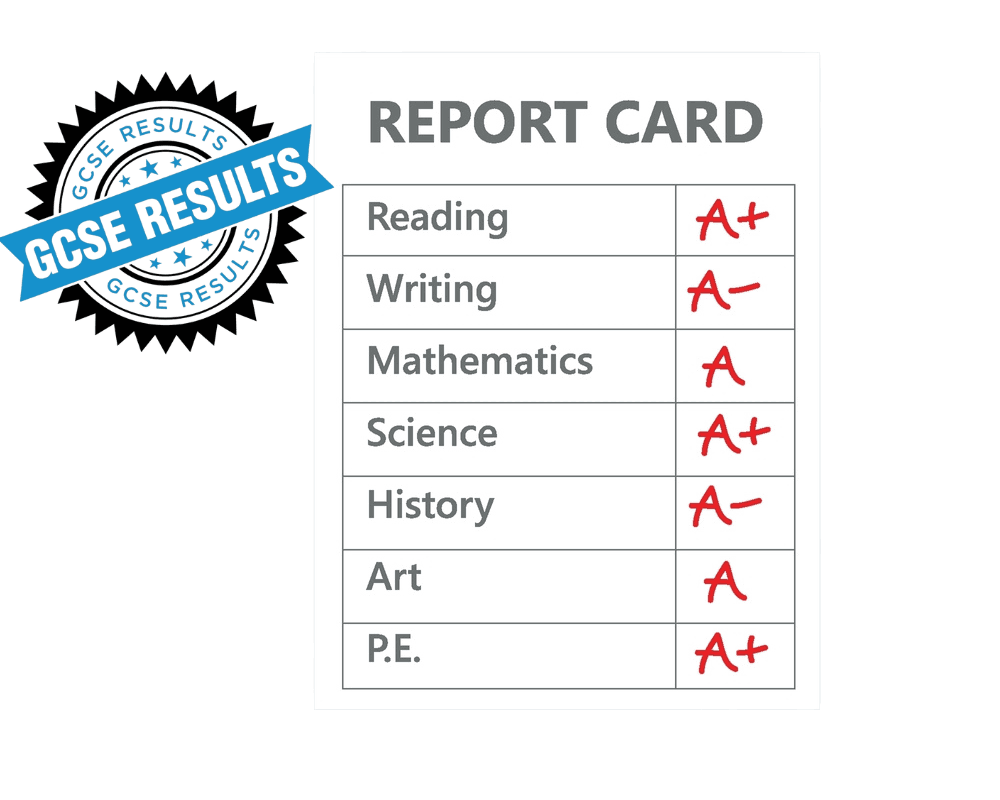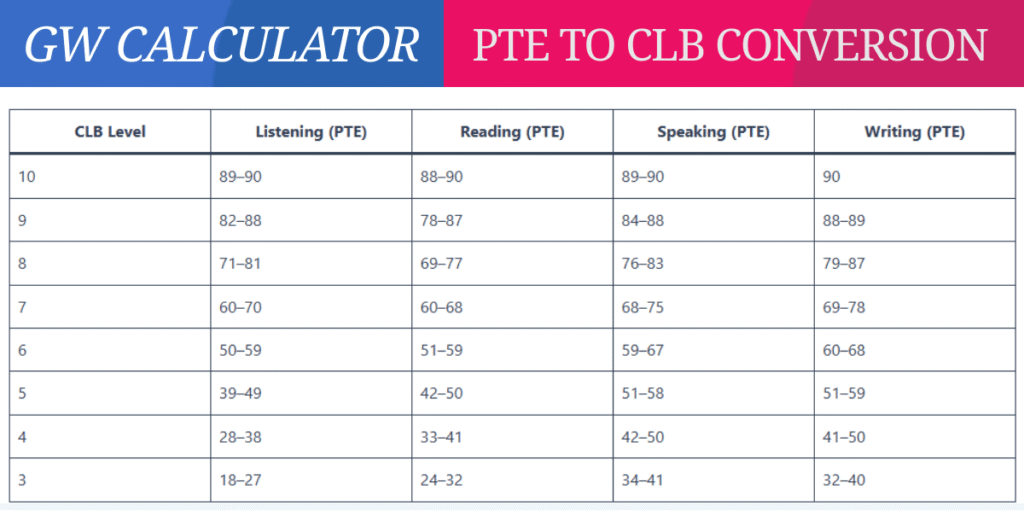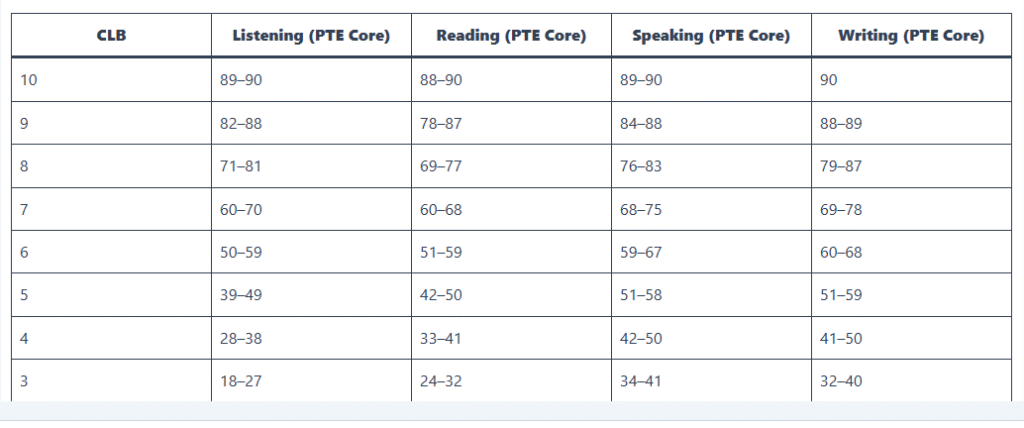The main difference between weighted and unweighted GPA is the grading scale and course difficulty. An unweighted GPA uses a 4.0 scale and treats all classes equally. A weighted GPA can go beyond 4.0 (up to 5.0 or higher) and gives extra points for advanced courses such as AP, IB, or honors.
Understanding GPA Scales
Unweighted GPA Scale
- Fixed 4.0 scale.
- All courses are treated the same.
- Example: An A = 4.0, B = 3.0, C = 2.0, regardless of whether it’s a regular or AP class.
Weighted GPA Scale
- Can go beyond 4.0 (e.g., 5.0 scale).
- Advanced courses like Honors, AP, or IB are given extra weight.
- Example: An A in an AP course may count as 5.0 instead of 4.0.
👉 Try it yourself with our Weighted GPA Calculator and Unweighted GPA Calculator.
GPA Calculation Formulas
Unweighted GPA Formula
Unweighted GPA = (Total Grade Points) ÷ (Total Number of Classes)
Example:
5 classes with grades: A (4.0), B (3.0), A (4.0), C (2.0), B (3.0)
Total grade points = 16
Number of classes = 5
Unweighted GPA = 16 ÷ 5 = 3.2
Weighted GPA Formula
Weighted GPA = (Total Weighted Grade Points) ÷ (Total Number of Classes)
Example:
Same classes, but one is an AP course with an extra point.
Grades: A (4.0), B (3.0), A in AP (5.0), C (2.0), B (3.0)
Total weighted grade points = 17
Number of classes = 5
Weighted GPA = 17 ÷ 5 = 3.4
Table: Weighted vs. Unweighted GPA
| Feature | Unweighted GPA | Weighted GPA |
|---|---|---|
| Scale | Fixed 0–4.0 | 0–5.0 (sometimes higher) |
| Course Difficulty | Not considered | Considers AP, IB, Honors |
| Calculation | Simple average | Extra points for advanced courses |
| Purpose | Shows overall academic performance | Highlights academic challenges & rigor |
| Max GPA | 4.0 | 5.0 or higher |
Why Do Both GPAs Matter?
When applying to colleges, students often get confused about whether unweighted or weighted GPA carries more importance. The reality is that both GPAs provide colleges with different but equally valuable insights.
1. Unweighted GPA = Academic Consistency
Your unweighted GPA is calculated on a standard 4.0 scale without giving extra points for harder classes. This score reflects how well you did across all subjects, whether regular or advanced.
- A strong unweighted GPA shows that you’ve been consistent in your studies.
- Even if you didn’t load up on AP or honors classes, colleges can still see that you worked hard and earned solid grades.
For example, a student with a 3.8 unweighted GPA demonstrates steady high performance, which is just as important as course difficulty.
2. Weighted GPA = Academic Challenge
A weighted GPA goes beyond consistency. It rewards students who took on challenging coursework, such as AP, IB, honors, or dual-enrollment classes. Weighted GPAs often go above 4.0, with some schools scaling up to 5.0 or higher.
- If you earned a B in an AP class, it could be counted as an A on the weighted scale.
- This tells colleges that you didn’t just play it safe—you challenged yourself with tougher classes.
For example, a 4.3 weighted GPA signals that you pushed yourself academically, even if your unweighted GPA is slightly lower.
3. Why Colleges Look at Both
Admissions officers don’t rely on one GPA alone. Instead, they compare both numbers to get a balanced view of your academic journey.
Here’s what they’re checking for:
- Academic Rigor: Did you choose advanced courses when available? (Weighted GPA answers this.)
- Consistency: Did you keep your grades high across all classes, not just the easy ones? (Unweighted GPA shows this.)
This two-part view helps colleges understand not only how smart you are but also how motivated and prepared you are for college-level work.
💡 Simple Example:
- Student A has a 3.9 unweighted GPA but didn’t take advanced classes.
- Student B has a 3.6 unweighted GPA but a 4.2 weighted GPA with several AP courses.
Both students look strong, but their strengths are different. Colleges value both types of achievement depending on their admission goals.
Which GPA Matters More for College?
Students often wonder if weighted or unweighted GPA matters more for college admissions. The truth is, both play an important role, but in different ways.
- Unweighted GPA shows your overall consistency across all classes, whether regular, honors, or AP. It gives colleges a clear picture of your performance without any added weight.
- Weighted GPA highlights your willingness to challenge yourself with advanced courses such as AP, IB, or dual enrollment. It can be higher than 4.0 and shows academic rigor.
What Colleges Actually Consider
Most U.S. colleges don’t just rely on GPA alone. They take a holistic approach and look at:
- Standardized test scores (SAT or ACT): High scores can strengthen your application, especially if your GPA is slightly lower.
👉 Try this ACT Score Calculator to see where your results stand.
👉 Use the ACT to SAT Converter to compare your scores across both tests. - Essays and extracurricular activities: A strong personal essay and involvement in clubs, sports, or community service can balance a lower GPA.
- Letters of recommendation: Teacher or counselor recommendations help colleges understand your academic strengths beyond numbers.
- Course rigor: Taking AP, IB, or honors classes carries significant weight in admissions decisions.
How Elite Universities Evaluate GPA
Colleges like Harvard, MIT, and Stanford, as well as top state universities, look closely at weighted GPAs because they show how much you pushed yourself academically. However, they also pay attention to the unweighted GPA to understand your raw performance.
In short:
- If you’re aiming for competitive universities, your weighted GPA matters more since it demonstrates rigor.
- For schools with broad admissions policies, your unweighted GPA shows reliability and consistency.
💡 Tip for Students: Balance both. Take advanced classes where possible, but maintain strong grades across the board. Also, use test score converters to see how your SAT/ACT scores align with admission benchmarks.
👉 You can check official guidance at:
Related Tools for Students
To help calculate and compare GPAs easily, try:
These calculators make it simple to compute your GPA step-by-step.
💡 Tips for Students
- Challenge Yourself Wisely: Take AP or Honors classes if you can handle them.
- Balance GPA Types: A high weighted GPA with a very low unweighted GPA may raise concerns.
- Focus on Core Subjects: Math, science, and English weigh more in admissions.
- Use GPA Calculators: Regularly track your progress.
- Know Your School’s Policy: Some high schools cap GPAs at 5.0, others may allow higher.
GPA Conversion Chart (4.0 Scale Example)
| Letter Grade | Percentage | Unweighted GPA | Weighted GPA (Honors) | Weighted GPA (AP) |
|---|---|---|---|---|
| A+ | 97–100 | 4.0 | 4.5 | 5.0 |
| A | 93–96 | 4.0 | 4.5 | 5.0 |
| B+ | 87–89 | 3.3 | 3.8 | 4.3 |
| B | 83–86 | 3.0 | 3.5 | 4.0 |
| C+ | 77–79 | 2.3 | 2.8 | 3.3 |
| C | 73–76 | 2.0 | 2.5 | 3.0 |
| D | 65–69 | 1.0 | 1.5 | 2.0 |
| F | <65 | 0.0 | 0.0 | 0.0 |
FAQs
Q1. Is a 4.5 weighted GPA good?
Yes, it’s excellent. It means you are scoring high in AP or Honors classes.
Q2. What is the highest possible GPA?
Unweighted max is 4.0. Weighted can be 5.0 or even higher, depending on your school.
Q3. Do Ivy League schools prefer weighted or unweighted GPA?
They look at both. Ivy Leagues want to see high unweighted GPA and rigorous courses with weighted GPA.
Q4. Can a student have a low unweighted GPA but high weighted GPA?
Yes. If a student takes many AP classes and scores Bs, the weighted GPA may still look strong.
Q5. Should I report weighted or unweighted GPA on applications?
Report as your school provides, but many colleges recalculate based on their own GPA system.
Conclusion
The key difference between weighted and unweighted GPA lies in course difficulty and scale.
- Unweighted GPA → Measures overall academic performance on a 4.0 scale.
- Weighted GPA → Adds extra points for advanced classes, reaching up to 5.0 or more.
👉 Both are important in college admissions. Students should aim for a balance: high grades in challenging classes.
Use our free GPA Calculator and Weighted GPA Calculator to track your scores and plan your academic journey.




